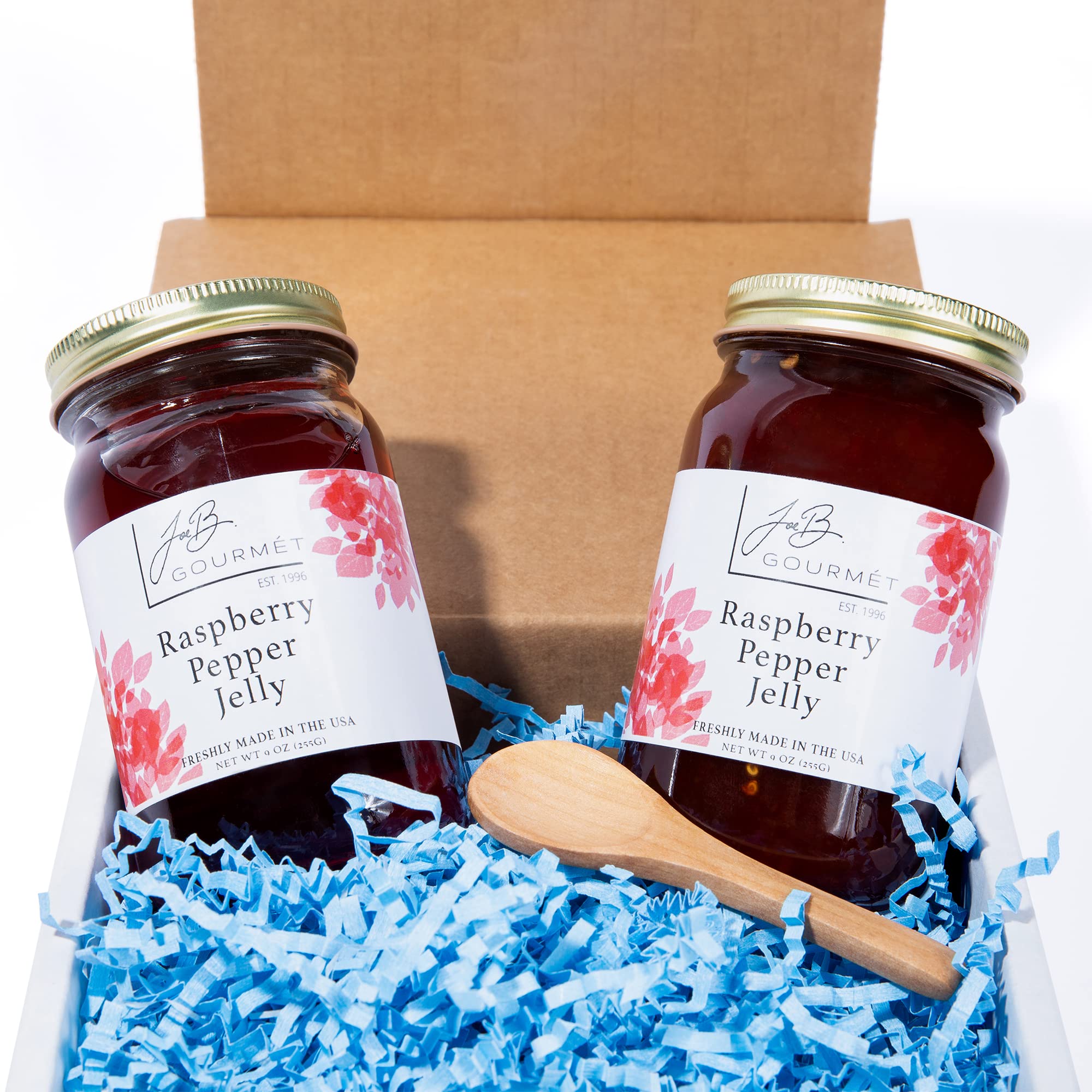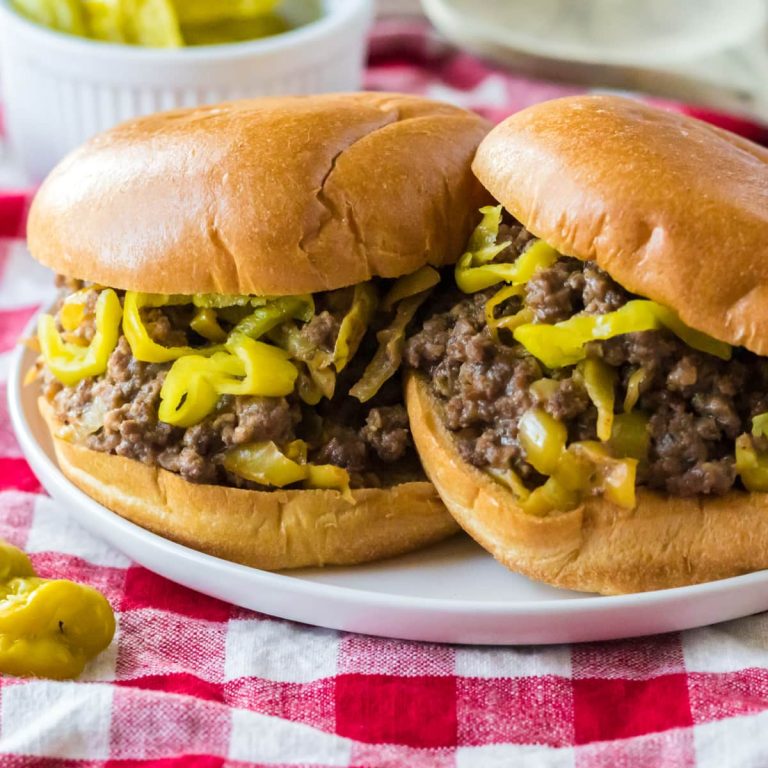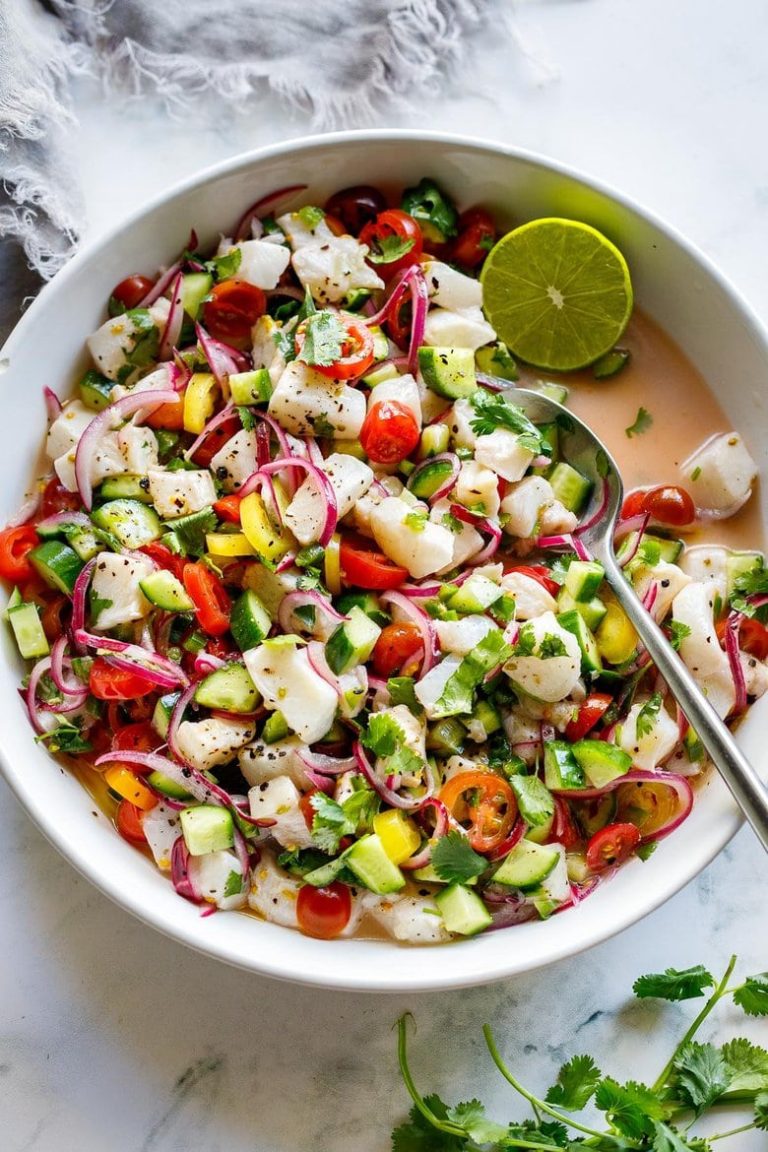Hot Pepper Jelly: Origins, Uses, and Dietary Considerations for a Spicy Delight
Hot pepper jelly originated in the Southern United States during the late 20th century. Cooks began experimenting with preserving peppers and sugar, leading to the creation of this unique spread. The practice of preserving food dates back centuries, but the innovation of blending hot peppers with sweet jelly is a more recent culinary development. Farmers markets and local fairs popularized hot pepper jelly, showcasing its adaptability and exciting flavor profile.
Regional Variations
Different regions have their own takes on hot pepper jelly, incorporating local ingredients and flavor preferences. In the Southwestern US, you’ll find versions with jalapeños and cilantro, adding a distinctive punch. Louisiana blends might include cayenne peppers for a spicier note. Outside the US, variations can be found using peppers from Mexico or even Scotch bonnet peppers in Caribbean renditions. These differences highlight the versatility and wide appeal of hot pepper jelly across various cultures.
Key Ingredients of Hot Pepper Jelly
Peppers: Types and Heat Levels
Peppers define the distinct flavor and spice levels of hot pepper jelly. Commonly used types include jalapeños, habaneros, and cayenne peppers. Jalapeños offer a moderate heat level, ranging between 2,500 to 8,000 Scoville Heat Units (SHU). Habaneros provide intense heat, boasting a range of 100,000 to 350,000 SHU. Cayenne peppers fall between these two with a heat level of 30,000 to 50,000 SHU. Mixing different types of peppers allows you to customize the heat and flavor profile of your jelly.
The Role of Pectin and Sugar
Pectin and sugar are essential for the jelly’s texture and sweetness. Pectin, a naturally occurring carbohydrate found in fruits, acts as a gelling agent. It creates the jelly’s firm consistency when combined with sugar and heated. Sugar plays a dual role: it balances the heat of the peppers and preserves the jelly. The amount of sugar used can vary, but typically, recipes call for a 1:1 ratio of sugar to pepper mixture. This balance ensures the jelly sets properly and achieves the desired taste.
Culinary Uses of Hot Pepper Jelly
Pairing with Cheeses
Hot pepper jelly pairs well with a variety of cheeses. Its sweet and spicy profile contrasts beautifully with tangy and creamy cheeses, creating a balanced flavor experience. For instance, spread hot pepper jelly on a cracker topped with cream cheese. The jelly’s heat complements the rich creaminess, making it a popular appetizer. Aged cheeses like cheddar or gouda also benefit from the sweet-spicy combination. Simply serve a cheese platter with a side of hot pepper jelly to enhance the flavors. Goat cheese, known for its tanginess, works exceptionally well with hot pepper jelly when used as a spread or in stuffed figs or dates.
Enhancing Meat Dishes
Hot pepper jelly adds depth to meat dishes by infusing a sweet and spicy kick. Glaze meats such as chicken, pork, or salmon with hot pepper jelly during grilling or baking to caramelize and enhance the natural flavors. For example, create a marinade for pork ribs using the jelly, a bit of soy sauce, and garlic. The jelly’s sweetness caramelizes on the meat, while the spice provides a robust flavor. Use hot pepper jelly as a condiment for grilled or roasted meats, adding a unique twist. Incorporate it into meat dishes like a lamb burger, mixing the jelly into the ground meat or using it as a topping.
Home Cooking vs. Store-Bought
Making Hot Pepper Jelly at Home
Creating hot pepper jelly at home allows you to control the ingredients and tailor the flavor profile to your preference. You can adjust the heat level by selecting specific types of peppers, such as using more jalapeños for a milder effect or habaneros for an intense kick. Homemade versions often include fresh ingredients like chopped bell peppers, apple cider vinegar, and pure cane sugar, ensuring fewer preservatives. Recipes usually require boiling the mixture until it reaches the right consistency, then sealing it in sterilized jars for long-term storage.
How to Choose the Best Commercial Brands
When buying hot pepper jelly, consider the ingredient list and brand reputation. Look for brands using natural ingredients and minimal additives. Key indicators of quality include visible pepper pieces, natural colors, and non-GMO labels. Reading customer reviews and checking for awards or certifications also helps in making an informed choice. High-quality commercial brands often offer a range of heat levels and flavor profiles, such as sweet pineapple-habanero blends or smoky chipotle variants, providing diverse options for different culinary uses.
Health Benefits and Dietary Considerations
Nutritional Content
Hot pepper jelly provides a blend of nutrients, primarily from its base ingredients. Peppers contribute vitamins A and C. For example, one tablespoon of hot pepper jelly can offer up to 2% of your daily Vitamin C intake. Additionally, these jellies typically have low fat, with less than 0.1 grams per serving. However, sugar content is notable, often reaching up to 10 grams per tablespoon. Pectin, another key ingredient, aids in digestion by providing dietary fiber. Overall, while hot pepper jelly adds flavor, it’s essential to consume it in moderation due to its sugar content.
Considerations for Dietary Restrictions
When considering hot pepper jelly, several dietary restrictions might come into play. For those with gluten sensitivities, ensure the jelly is labeled gluten-free, as cross-contamination can occur during manufacturing. Many homemade recipes and natural store-bought options cater to vegan diets by avoiding animal-derived pectin. Some brands also offer sugar-free variations for diabetics or those monitoring carbohydrate intake. Always check ingredient lists if you have allergies, particularly to pepper varieties like jalapeños or cayenne. Finally, low-sodium versions are available for those on a reduced-salt diet.
Conclusion
Hot pepper jelly offers a delightful blend of sweet and spicy flavors that can enhance a variety of dishes. With its rich history and regional variations, it’s a versatile condiment that deserves a place in your pantry. Whether you’re pairing it with cheese, using it as a marinade, or exploring its health benefits, hot pepper jelly can cater to various dietary needs. Just remember to enjoy it in moderation, keeping an eye on the sugar content and ingredient list to suit your specific dietary requirements. Indulge in the unique taste of hot pepper jelly and elevate your culinary creations.






